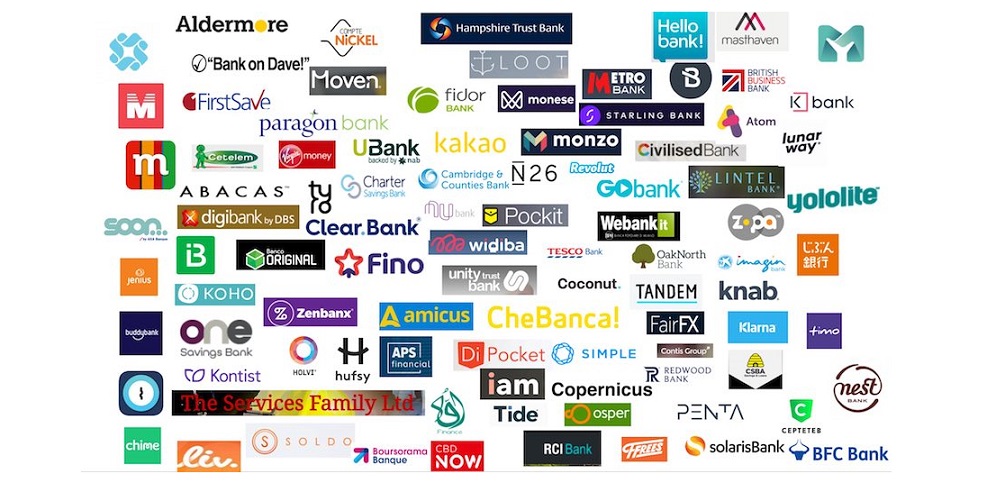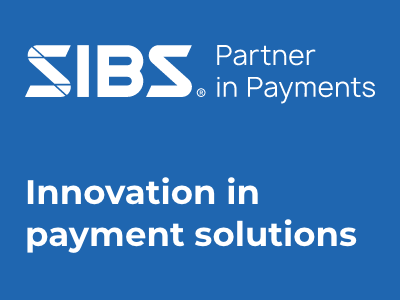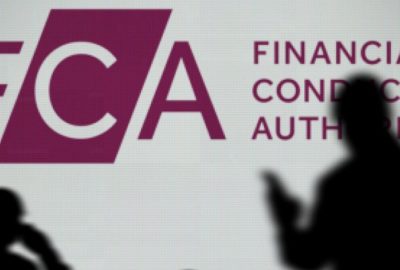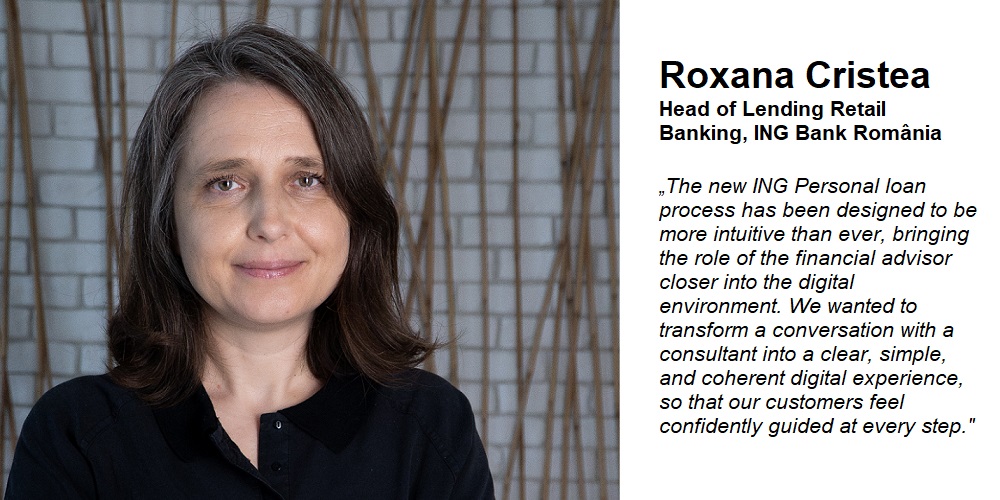Putting challenger banks on the path to profitability

an article written By Jeroen de Bel, Founder & Partner of Fincog, fintech strategy consulting
The Challenge to Become Profitable
There has been a steady rise in the number and size of challenger banks (also referred to as neobanks). These banks typically focus on creating the ultimate banking experience and have rapidly increased their number of customers and valuations. However, despite these positive signs of growth, their revenue and profitability have generally not yet matched expectations.
There are several structural reasons for this. First, challenger banks typically have a small product portfolio, which limits their revenue potential. This puts them in a difficult position – especially when their core product (i.e. current accounts) is not profitable. Second, they often operate at rather thin margins, with core services normally offered for free. Third, challenger banks usually have a lower share of active customers, and they are often used as a secondary account. Significantly, when combined, these three issues mean that many challenger banks can only generate a limited amount of income per customer and often negative profitability.
In addition to these structural challenges, timing also plays an important role. Most challenger banks were founded in the last 5 years and are therefore still early-stage. Even with successful business models, it often takes between 5 to 10 years before achieving the break-even point.
Considering these fundamental challenges, one may question the long-term viability of challenger banks and whether they will be able to achieve sufficient scale and become profitable. Undoubtedly not all will survive.
However, we believe that with the right strategic choices, challenger banks should be able to enhance their profitability, and achieve a sustainable business model with a lasting positive impact on customers. The remainder of this blog highlights what challenger banks can do to improve their profitability.
International Leaders Show the Way
In a previous blog, we benchmarked a selection of leading challenger banks centered around a payment account on their profile, propositions, pricing and financial results. This highlighted that despite their strong growth and large customer base, they all had negative profitability.
This time we performed another benchmark some other leading international challenger banks, such as OakNorth, Tinkoff, WeBank and others. This group contains a mixture of players; they are active in a range of segments, operate in different countries and have a variety of business models. However, this time the group shares one other important factor: they are all profitable.
Our sample of challenger banks shares various important commonalities. First, their core product or activity is profitable, whether it’s payments, lending or something else. They were typically one of the first in their segments, indicating a first-mover advantage. Second, the challenger banks included in our sample tend to be older than most challengers; the sample average is 8.5 years, or around 10 years if we exclude the Chinese players. This shows that it may simply require some additional time to build a successful, profitable business. Third, the challenger banks are typically some of the larger players, which suggests that operating at a significant scale is generally a good thing.
Finally, where applicable, they all offer at least some of their services for free, reducing the hurdle for customer acquisition. This suggests that the approach of first attracting customers with free services and then later expanding the customer relationship into other services is an effective, profitable strategy.
At the same time, our sample of challengers also differs in various aspects, demonstrating that there is not one single road to success. First, and most importantly, they have a variety of business models and product portfolios, both narrow (i.e. Transferwise, MyBank) and broad (i.e. Tinkoff, WeBank). Whether focused on international money transfers, consumer lending or SME lending, this highlights that there are multiple profitable segments.
Additionally, while they typically serve both retail and business customers, our sample focuses on different client segments. While Oaknorth and MYbank focus on (underserved) SME clients, Ferratum and Tinkoff concentrate on the mass consumer. Business clients are more profitable per account, but retail customers form a much larger group. Third, while the general trend is that challenger banks are expanding internationally, some of the most profitable ones are only active in their home market like Tinkoff, Sofi, and WeBank (albeit their countries are some of the largest global markets). This shows that depending on the market, you do not need to be present around the world.
The Chinese players are special cases in our sample. Next to Tinkoff, in terms of the number of customers, revenue and profit, they make up the largest challenger banks worldwide. Their size and growth are very impressive, especially considering their age (4 to 5 years). MYbank and WeBank benefitted from large existing customer bases from their parent and affiliated companies (i.e. Alibaba and Tencent), which allowed them to quickly grow to a huge scale.
This would suggest that BigTechs and other large corporates could potentially copy their approach and realize a similar path in the future. MYbank and WeBank also benefit from being active in China, the country with the largest population in the world.
The Path to Future Profitability
As these examples illustrate, it is possible to become a successful and profitable challenger bank. And, if challenger banks make the right strategic choices, they should be able to enhance their profitability, and achieve a sustainable business model.
While the path to future profitability differs per player, there are four strategic initiatives that challengers can undertake – ideally in combination with each other – to drive revenue and become profitable:
- I. Challenger banks must follow a growth strategy to grow into new, profitable product segments and geographical markets.
- II. After a challenger bank has ensured that it is active in the right markets with the right products, revenue can be further enhanced by optimizing pricing.
- III. Customer activation can further enhance revenue growth.
- IV. Assuming challenger banks follow the right strategy according to the steps outlined above, they need to have a business plan and funding to survive until the point of profitability.
I. Challenger banks must follow a growth strategy to grow into new, profitable product segments and geographical markets.
Most challenger banks have a rather narrow product portfolio that is often centered around the payment account. The core product (the payment account) is not profitable, and the limited number of products reduces the possibility for additional revenue.
Having a solid product strategy for expanding the product portfolio into new, more profitable products and segments is the biggest driver for growth. Depending on the market, potential opportunities are in consumer finance, international money transfers and SME banking.
Similarly, the challenger banks’ geographic market has a significant bearing on their profit potential. Moreover, the profit potential of product segments may vary significantly in different geographical markets. A solid market strategy for selecting and expanding into new geographical markets drives challenger banks’ growth potential and their ability to achieve a profitable scale.
For example, there are some favorable opportunities in consumer finance in many East-European markets, but due to competition and regulation, the profit potential in most West-European markets is much smaller. Developing a good product and market strategies requires an in-depth understanding of the market landscape to identify suitable opportunities that are tailored the situation and goals.
II. After a challenger bank has ensured that it is active in the right markets with the right products, revenue can be further enhanced by optimizing pricing.
To attract customers, challenger banks typically offer very competitive pricing and commonly provide core features for free. Charging customers is often considered unfair; however, pricing that covers the cost is also a necessity for a sustainable business model and to have a lasting positive impact on customers.
A solid pricing strategy allows challenger banks to enhance the fees and interest rates that they charge, thereby further driving their revenue potential. Developing a good pricing strategy requires an in-depth analysis of the customer, the competitive landscape and prices, to ensure that pricing is tailored to what is considered fair, competitive and aligned with the company’s vision.
III. Customer activation can further enhance revenue growth.
Challenger banks typically have a less active customer base – they normally compete with existing banking relationships for the primary relationship, while churn rates are low. Most challengers struggle to bypass the stage of being a secondary account, with a more active customer and a large share of the wallet.
A customer activation strategy will help to drive the share of active customers and increase the share of the wallet towards primary relationships. This requires, for example, an attractive proposition, stimulation of sign-up and usage (i.e. promotions, rewards, gamification) and the absence of any hurdles in the sign-up process.
IV. Assuming challenger banks follow the right strategy according to the steps outlined above, they need to have a business plan and funding to survive until the point of profitability.
As explained earlier, even when a challenger bank is active in the right segments, profitability may take a considerable amount of time and investment. To safeguard the future growth path, and be able to fund the journey in between, a strong business plan is required, together with investors providing the funding. A business plan should, for example, provide an overview of your target market, your strategy to succeed and a financial summary for the coming years.
Overall, challenger banks need to expand into more profitable product segments and (international) markets, activate their customers and optimize their pricing. Additionally, they need to be able to fund their journey with a solid business plan. When all of these factors are combined, the bank will be well-positioned to succeed.
It is important that fintech companies differentiate themselves on the market and establish their niche, tailored to their strengths and objectives. As we’ve explained, there are multiple roads to success. Structured market research can help identify unique opportunities in underserved niches when defining your path. Fincog, can help develop a future strategy to capitalize on your company’s potential. Contact us if you want to create your own path to future profitability.
Click on the link or picture for a high-quality version of our benchmark
About the author
Jeroen is an experienced banking strategist, with a focus on retail banking and payments. Wide international work experience, with in-depth knowledge of the Netherlands and UK markets. Structured, goal oriented thinker, with strong analytical skills and sound business knowledge. Passionate about innovation and new business development in banking.
Through his company Fincog, Jeroen is helping clients in the financial services sector with strategy consulting, focused on fintech.
Dariusz Mazurkiewicz – CEO at BLIK Polish Payment Standard
Banking 4.0 – „how was the experience for you”
„To be honest I think that Sinaia, your conference, is much better then Davos.”
Many more interesting quotes in the video below:












